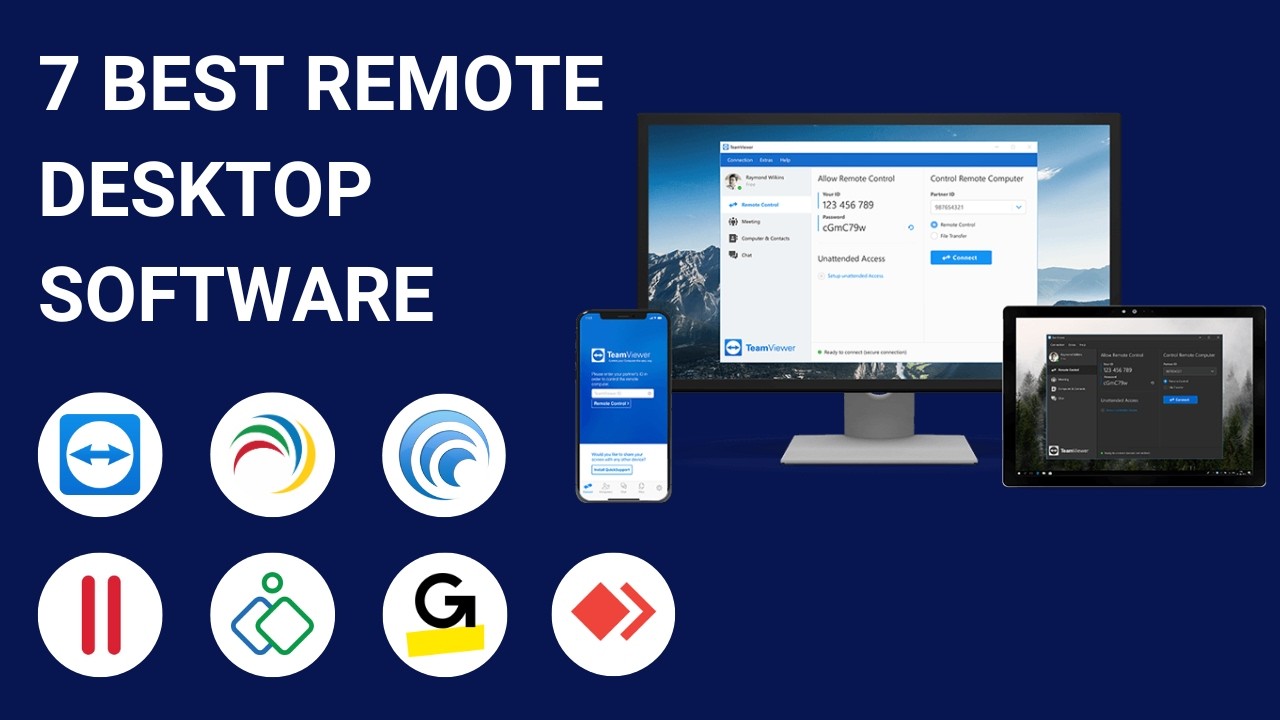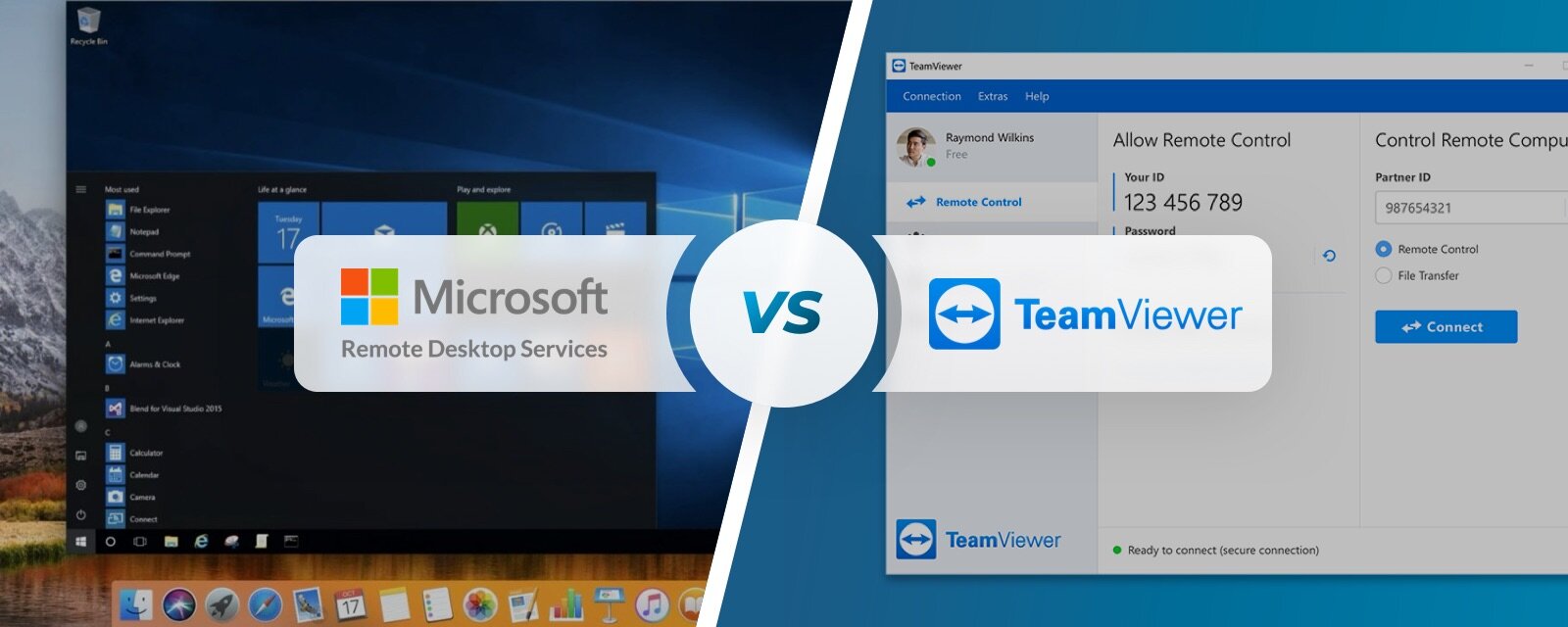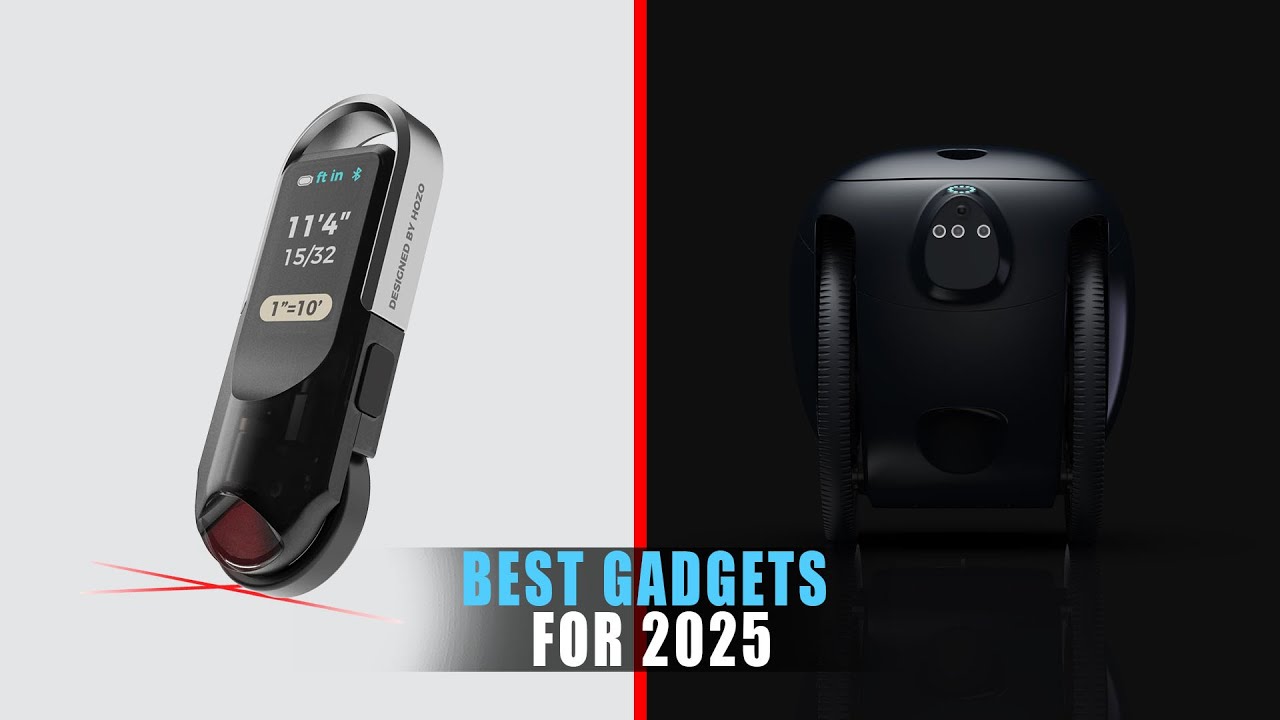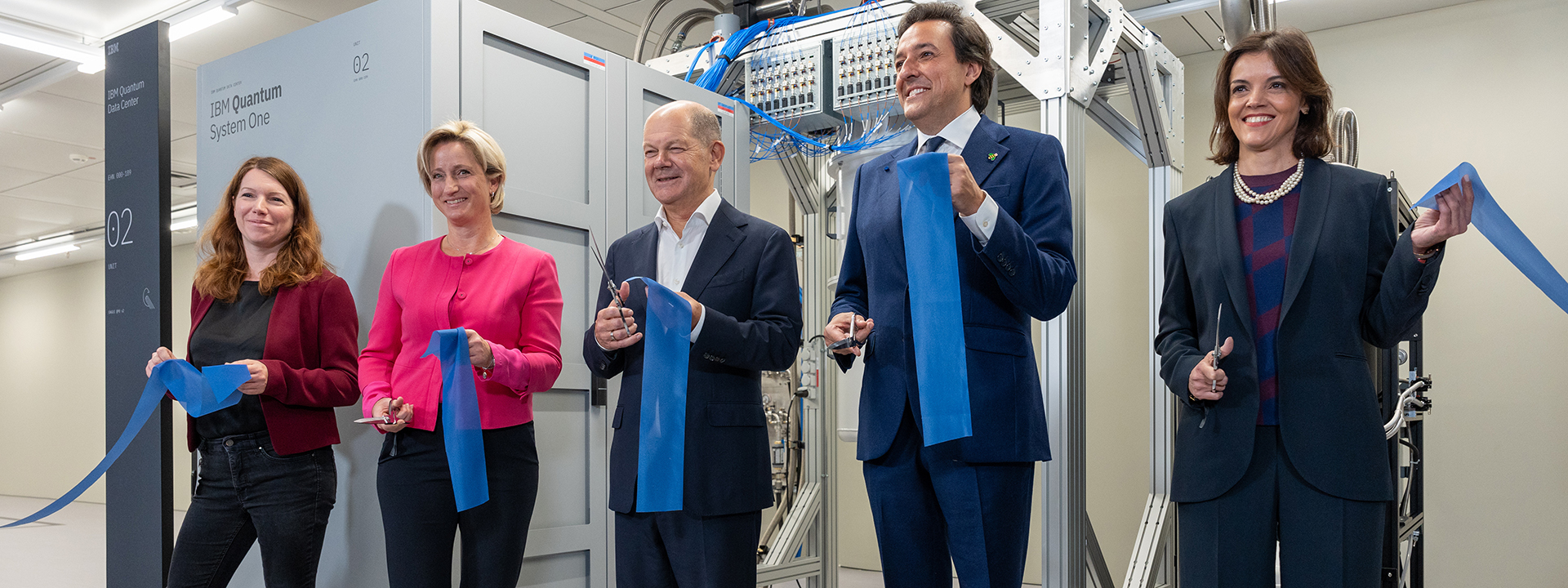
RDP vs TeamViewer: Navigating the Future of Remote Access
In the digital age, remote access tools have become indispensable for professionals navigating the complexities of remote work. The debate over which tool reigns supreme—RDP or TeamViewer—continues to fuel discussions among IT managers and remote workers alike. These applications provide a gateway to manage tasks effortlessly across distances, but which one truly embodies reliability and versatility?
Understanding RDP and TeamViewer
RDP (Remote Desktop Protocol)
RDP presents a robust solution for those entrenched in the Windows environment, allowing users to remotely access computers as if they were sitting in front of them. This protocol integrates deeply with Windows systems, boasting powerful capabilities for desktop management.
TeamViewer
On the other hand, TeamViewer transcends platform barriers, offering unparalleled flexibility and user-friendliness. Whether you’re collaborating with teammates or providing remote assistance, TeamViewer shines as a top-tier choice for diverse needs.
For those looking for a tailored remote access solution that prioritizes security, considering a reliable vendor to buy RDP with credit can enhance your experience.
Analyzing the Key Features
The comparison between RDP and TeamViewer isn’t just academic; it’s pivotal for any business looking to optimize remote connections. Let’s dive into some critical areas that delineate their differences:
1. Platform Compatibility
- RDP: It’s optimized purely for Windows platforms, making it a less attractive option for users who operate across different operating systems.
- TeamViewer: Versatility is its strength; it supports Windows, macOS, Linux, iOS, and Android, efficiently bridging the gap between numerous platforms.
2. Setup and Usability
- RDP: The setup can be intricate. It’s primarily designed for IT professionals who are usually comfortable navigating potential hurdles.
- TeamViewer: Contrarily, TeamViewer offers a hassle-free installation with an intuitive interface suitable for users of all technical levels.
 Comparing Remote Access Solutions
Comparing Remote Access Solutions
3. Interface and User-Friendliness
- RDP: Users often find the interface outdated and cumbersome in comparison to modern tools.
- TeamViewer: Its sleek design promotes easy navigation, significantly enhancing user experience.
4. Performance and Speed
- RDP: While it excels in local networks, performance can suffer when dealing with remote internet connections.
- TeamViewer: This tool is adept at operating under varying bandwidth conditions, ensuring consistent performance.
5. Security and Privacy Features
- RDP: Although it does come with essential security features, improper configuration can leave it vulnerable.
- TeamViewer: This tool emphasizes security with end-to-end encryption and offers a two-factor authentication feature, making it a safer choice for sensitive tasks.
6. Features and Flexibility
- RDP: Best suited for users heavily reliant on Windows-centric tasks but falls short on flexibility.
- TeamViewer: It brims with features and is designed for various devices, making it adaptable for numerous scenarios.
7. Cost Considerations
- RDP: Organizations already using Windows licenses can exploit RDP’s cost-effectiveness.
- TeamViewer: While it’s free for personal use, those looking to employ it commercially must acquire a subscription, which could become a significant expense based on user needs.
Use Cases Explored
- RDP: It remains the go-to for businesses whose operations are strictly Windows-based, ensuring optimized performance in those environments.
- TeamViewer: This is the ideal solution for organizations requiring remote support across various operating systems, making its versatility highly appealing.
Conclusion
Both RDP and TeamViewer carve their niche in the realm of remote access tools. RDP emerges as a formidable choice for Windows-centric environments prioritizing performance and reliability. Conversely, TeamViewer’s cross-platform capabilities and user-friendly interface make it an excellent option for diverse, contemporary work environments.
Whichever tool you decide to embrace, knowing the strengths and weaknesses of each can empower you to achieve a more robust remote work engagement. The future of remote access is ripe with possibilities, and as remote work continues to grow, so too will the innovations that support it.
Empowering Remote Work through Technology











